Netflix Price Target Increased to $775 by TD Cowen Ahead of Q2 Results

TD Cowen analysts increased their price target on Netflix (NASDAQ:NFLX) to $775 from $725, while maintaining a Buy rating on the stock.
The analysts noted that Netflix is set to report its Q2 results on July 18. They raised 2024 and long-term subscriber estimates, although Q2 projections remain unchanged. The analysts anticipate Q2/24 paid net adds of 5.19 million, which is higher than the Street estimate of 3.72 million, driven by momentum in paid sharing and the ad-supported video on demand (AVOD) tier.
Additionally, the analysts will be looking for further details on the AVOD tier, monetization, and margin trends. A recent consumer survey indicated that Netflix continues to be the top choice for living room viewing, with YouTube leading in mobile viewing.
| Symbol | Price | %chg |
|---|---|---|
| FILM.JK | 5675 | -2.2 |
| MSIN.JK | 500 | -1 |
| 352820.KS | 341000 | -0.44 |
| CNMA.JK | 118 | -1.69 |
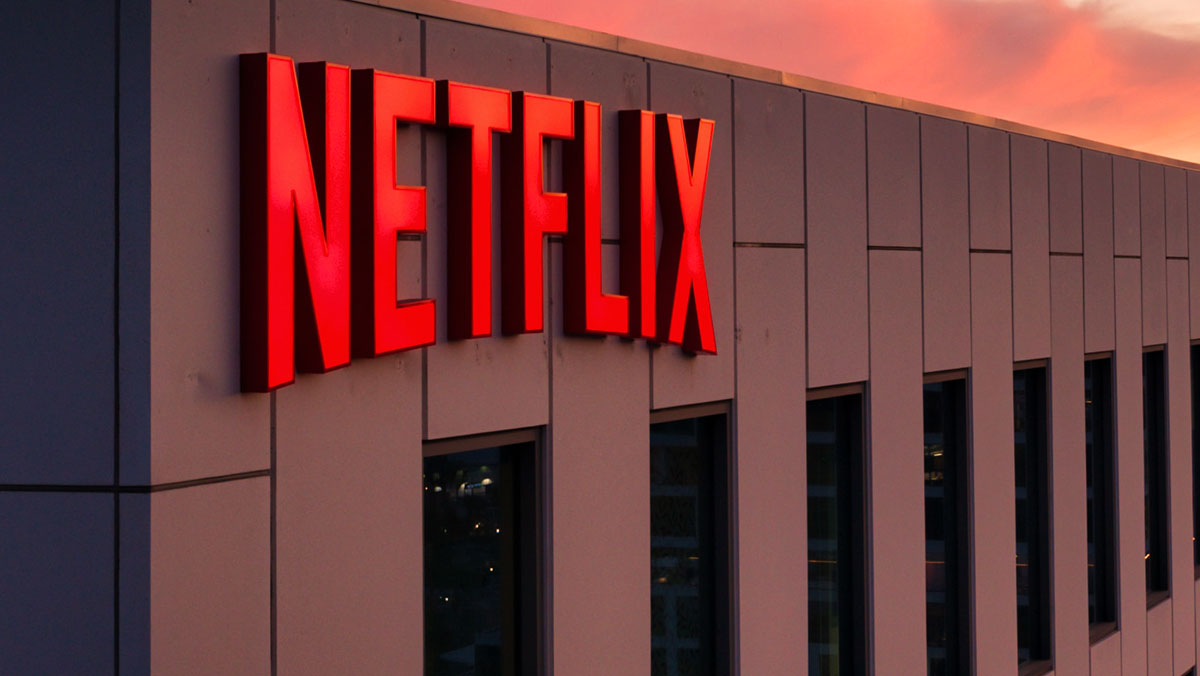
Marjorie Taylor Greene Invests in Netflix Inc. (NASDAQ:NFLX)
- Netflix Inc. (NASDAQ:NFLX) stock has increased by 45% over the past year due to strategies like tackling password sharing and launching an ad-supported streaming service.
- The stock experienced a decline after third-quarter earnings fell short of expectations, with revenues and margins not meeting projections.
- Analysts express concerns over Netflix's current valuation and potential downside risks, with some predicting the stock could fall below $500 per share.
On October 24, 2025, Marjorie Taylor Greene made a purchase transaction involving shares of Netflix Inc. (NASDAQ:NFLX). The transaction amount ranged between $1,001 and $15,000. Netflix, a leading streaming service provider, has been a significant player in the entertainment industry, competing with other giants like Amazon Prime Video and Disney+.
Netflix's stock has shown remarkable growth, increasing by 45% over the past year. This growth is attributed to the company's efforts to tackle password sharing and the introduction of an advertising-supported streaming service. Despite these positive developments, the stock recently experienced a slight sell-off.
After reaching a peak of around $1,340 in June, Netflix's stock declined following third-quarter earnings that fell short of expectations. Revenues and margins did not meet projections, leading to concerns about the company's financial performance. The stock is currently valued at about 45 times the forecasted earnings, which raises questions about potential downside risks.
The current stock price of Netflix is approximately $1,100.49, reflecting a decrease of about 0.18% or $2.01. Today, the stock has traded between $1,096 and $1,108.23. Over the past year, Netflix's stock has seen a high of $1,341.15 and a low of $747.77. The company's market capitalization is approximately $466.32 billion, with a trading volume of 1,807,289 shares on the NASDAQ.
Analysts express concerns about the elevated stock levels, especially with macroeconomic uncertainties and signs of slowing subscriber growth. Some believe that investors may be underestimating these risks, suggesting that the stock could potentially drop significantly, possibly falling below $500 per share.

Analyst Confidence in Netflix, Inc. (NASDAQ:NFLX) Grows
- The average price target for Netflix, Inc. (NASDAQ:NFLX) has increased over the past year, indicating a positive sentiment among analysts.
- Recent strategic initiatives and successful content releases have contributed to the optimistic outlook for Netflix's future growth and market position.
- The consensus price target has shown a steady increase, suggesting improved business prospects or favorable market conditions for Netflix.
Netflix, Inc. (NASDAQ:NFLX) is a leading streaming service provider known for its vast library of movies, TV shows, and original content. Over the past year, analysts have shown increasing confidence in Netflix's future, as reflected in the rising consensus price targets. This trend suggests optimism about the company's growth potential and market position.
Last month, the average price target for Netflix was $1,436.67, indicating a positive sentiment among analysts. This confidence may stem from Netflix's strategic initiatives and successful content releases. Three months ago, the average price target was slightly lower at $1,415. This gradual increase over the past quarter suggests improved business prospects or favorable market conditions. Netflix's upcoming Q3 earnings report is expected to align with market consensus, as the company focuses on enhancing user engagement and expanding its entertainment offerings.
A year ago, the average price target was significantly lower at $1,156.77. The substantial increase over the year indicates growing optimism about Netflix's business model and financial performance. As the Q3 earnings season intensifies, Netflix is among the top stocks to report, with analysts closely watching its performance.
The upward trend in the consensus price target reflects growing confidence in Netflix's ability to deliver value to shareholders. Investors should consider these changes in analyst sentiment alongside other factors, such as company news and broader market conditions, when making investment decisions.
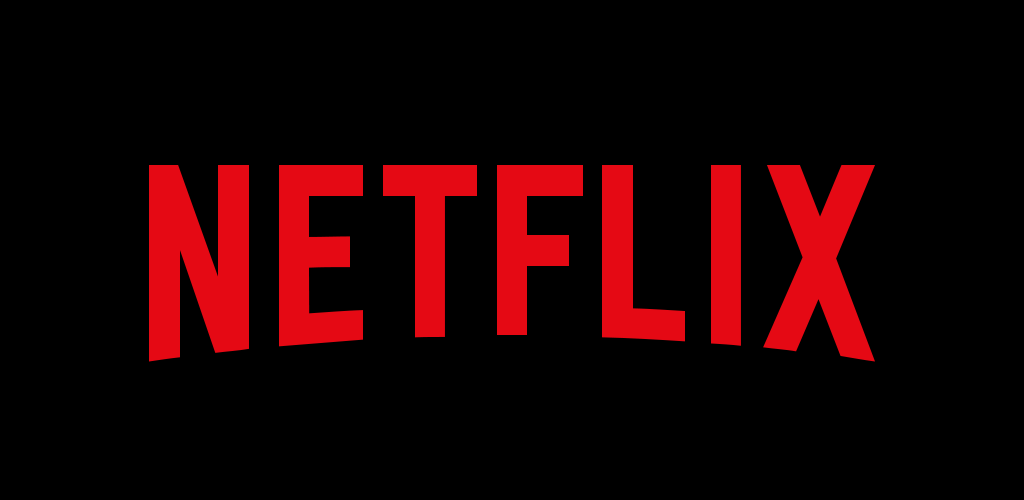
Netflix (NASDAQ:NFLX) Earnings Preview and Strategic Initiatives
- Netflix is set to release its quarterly earnings on October 21, 2025, with an estimated EPS of $6.89 and projected revenue of $11.51 billion.
- The company is trading just 10% below its 52-week and all-time high, with gains of over 30% this year.
- Netflix is expanding into live sports, advertising, and the gaming market, aiming to maintain its competitive edge in the streaming industry.
Netflix (NASDAQ:NFLX) is a leading streaming service provider, known for its vast library of movies, TV shows, and original content. As the "subscriber king," Netflix surpasses competitors like Amazon Prime Video and Disney+ with over 300 million paid subscribers worldwide. The company is set to release its quarterly earnings on October 21, 2025, with Wall Street analysts estimating an earnings per share (EPS) of $6.89 and projected revenue of approximately $11.51 billion.
This week, Netflix is among the 80 companies from the S&P 500 releasing earnings reports, as highlighted by Barron's. Investors are keenly watching Netflix, given its history of significant post-earnings price swings. The company is trading just 10% below its 52-week and all-time high of $1,341 per share, having achieved impressive gains of over 30% this year.
Netflix is preparing for its Q3 2025 earnings report with a positive outlook. In the previous quarter, the company provided guidance that aligned with market expectations, indicating a stable outlook. Netflix aims to boost revenue by enhancing user engagement and reducing customer churn, while also expanding its range of entertainment offerings. The company remains optimistic about its long-term prospects, largely due to the substantial size of its user base.
Netflix is actively expanding its strategic initiatives, including diversifying its streaming services with live sports and advertising. Additionally, the company is venturing into the gaming market, which is valued at over $100 billion, as part of its new monetization strategies. These efforts are expected to contribute to Netflix's growth and help maintain its competitive edge in the streaming industry.
Financially, Netflix has a price-to-earnings (P/E) ratio of approximately 49.76, indicating investor confidence in its future earnings potential. The company's price-to-sales ratio stands at about 12.22, while its enterprise value to sales ratio is around 12.44. Netflix's enterprise value to operating cash flow ratio is approximately 57.19, and its earnings yield is about 2.01%. With a debt-to-equity ratio of approximately 0.68 and a current ratio of about 1.34, Netflix demonstrates a moderate level of debt and good liquidity to cover its short-term liabilities.
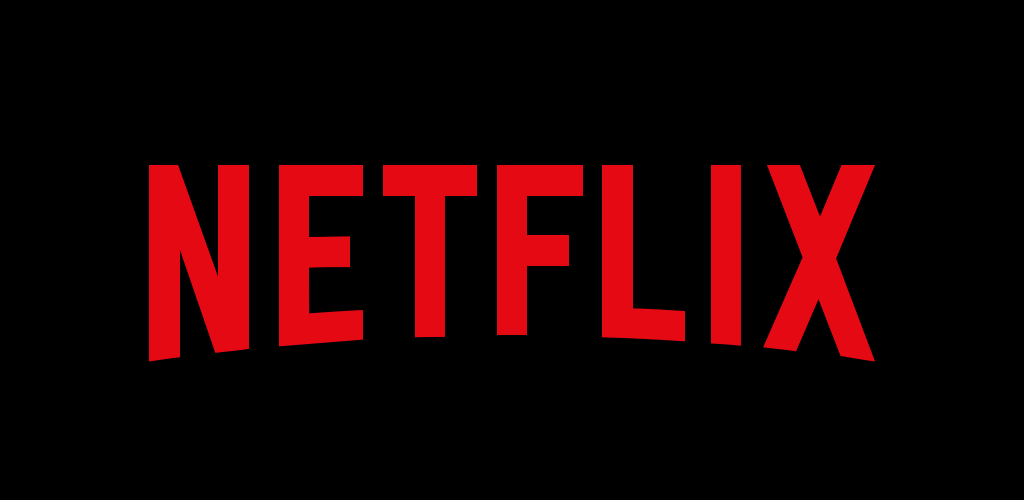
Netflix (NASDAQ:NFLX) Stock Price Target Set by Seaport Global
- Seaport Global sets a price target of $1,385 for Netflix (NASDAQ:NFLX), indicating a potential upside of 19.06%.
- The stock shows resilience with a recovery after a five-day losing streak, despite criticism over programming choices.
- Netflix's current market capitalization stands at approximately $494.32 billion, with a trading volume of 2,913,897 shares, reflecting strong investor interest.
Netflix (NASDAQ:NFLX) is a leading streaming service provider known for its vast library of movies, TV shows, and original content. The company has faced competition from other streaming giants like Disney+ and Amazon Prime Video. Despite this, Netflix continues to be a dominant player in the industry, consistently innovating and expanding its content offerings.
On October 6, 2025, Seaport Global set a price target of $1,385 for Netflix, suggesting a potential upside of 19.06% from its current price of $1,163.31. This optimistic outlook comes as Netflix's stock shows resilience, rebounding after a five-day losing streak. The stock's recovery is notable, especially amid criticism from conservative leaders over its programming choices.
The current stock price of $1,163.31 reflects a 0.87% increase, or $9.99, from the previous trading day. During the day, the stock fluctuated between $1,145.68 and $1,163.58. This volatility is not unusual for Netflix, as the stock has seen a 52-week high of $1,341.15 and a low of $677.88, indicating significant price movements over the past year.
Netflix's market capitalization is approximately $494.32 billion, highlighting its substantial presence in the market. The trading volume today is 2,913,897 shares on the NASDAQ exchange, showing active investor interest. Despite public scrutiny, Netflix's ability to rebound suggests strong investor confidence in its long-term growth potential.
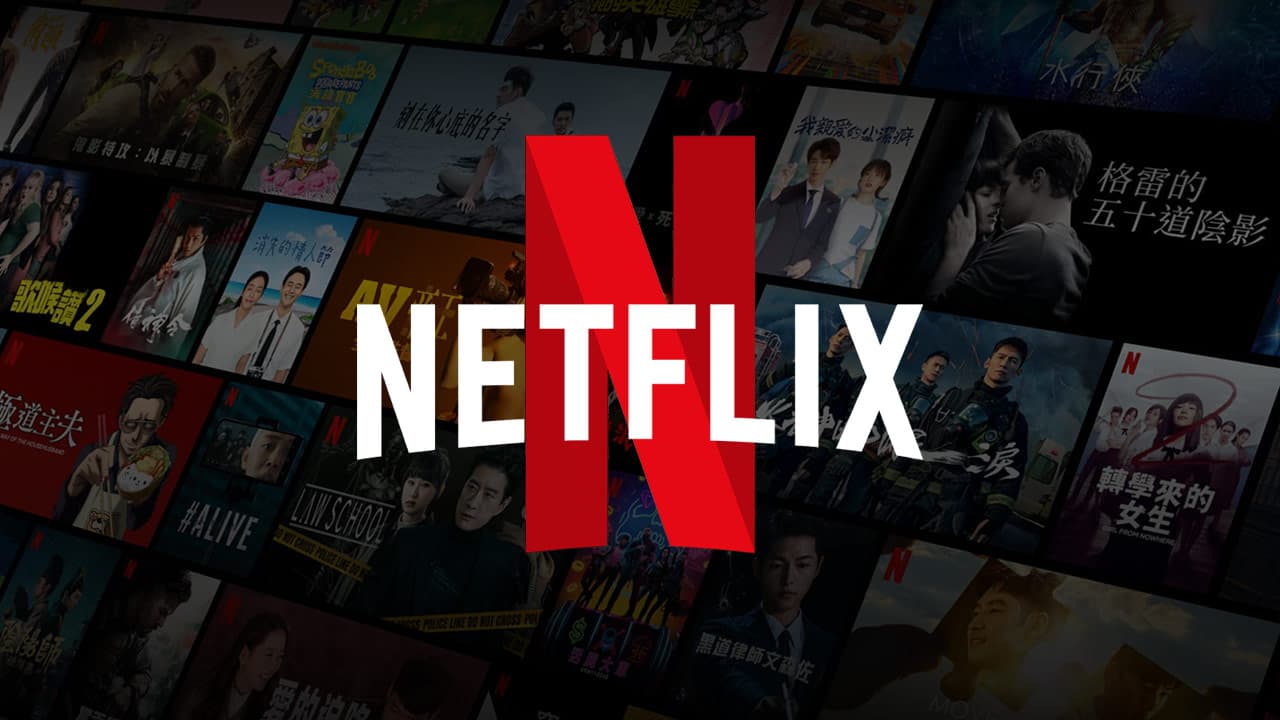
Netflix (NASDAQ:NFLX) Stock Upgrade by Seaport Global
- Seaport Global upgraded Netflix (NASDAQ:NFLX) to a "Buy" rating, with the stock priced at $1,163.31.
- The stock's recovery, ending a five-day losing streak, indicates strong investor confidence and a positive outlook on Netflix's long-term potential.
- Netflix's market capitalization stands at approximately $494.32 billion, showcasing its significant presence in the entertainment sector.
Netflix (NASDAQ:NFLX) is a leading streaming service provider known for its vast library of movies, TV shows, and original content. The company has been a pioneer in the streaming industry, competing with other giants like Amazon Prime Video, Disney+, and Hulu. On October 6, 2025, Seaport Global upgraded Netflix to a "Buy" rating from a previous "Cautious" stance, with the stock priced at $1,163.31.
This upgrade comes after Netflix's stock ended a five-day losing streak, showing resilience despite facing criticism from conservative leaders over its programming choices. The stock's recovery indicates investor confidence, as it increased by approximately 0.87%, or $9.99, reaching $1,163.31. This suggests that the market views Netflix's long-term potential positively.
During the trading day, Netflix's stock fluctuated between a low of $1,145.68 and a high of $1,163.58. This volatility is not uncommon in the stock market, especially for a company like Netflix, which is often in the public eye. Over the past year, the stock has seen a high of $1,341.15 and a low of $677.88, reflecting the dynamic nature of the streaming industry.
Netflix's market capitalization is approximately $494.32 billion, highlighting its significant presence in the entertainment sector. The company's ability to rebound from public scrutiny and maintain a strong market position is a testament to its robust business model and strategic content offerings. Today, the trading volume for Netflix shares is 2,913,897 on the NASDAQ exchange, indicating active investor interest.
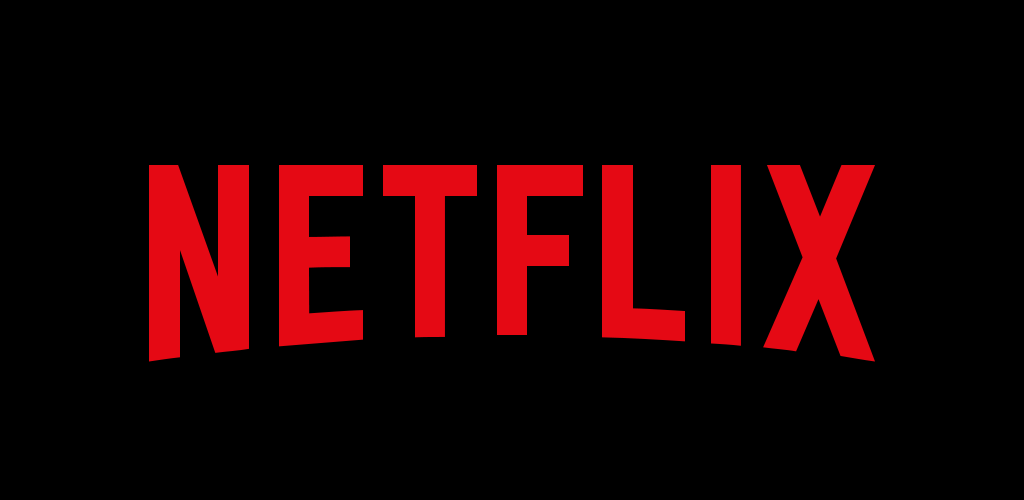
Jefferies Upgrades Netflix (NASDAQ:NFLX) to "Buy" with a New Price Target
- Jefferies upgraded Netflix (NASDAQ:NFLX) to a "Buy" rating, setting a new price target of $1,500.
- Netflix reported a 46% increase in profit in the April-June quarter, with earnings of $3.1 billion.
- The company's market capitalization stands at approximately $516.32 billion, indicating its significant presence in the video streaming industry.
On July 18, 2025, Jefferies upgraded Netflix (NASDAQ:NFLX) to a "Buy" rating, setting a new price target of $1,500. At the time, the stock was priced at $1,211.76. Netflix is a leading player in the video streaming industry, known for its vast library of content and original programming. It competes with other streaming giants like Disney+ and Amazon Prime Video.
Netflix continues to show steady growth, boasting over 300 million subscribers. This subscriber base makes it attractive to advertisers, enhancing its revenue potential. The company's consistent growth over the past three years has helped it maintain a leading position in the streaming market, often surpassing financial expectations set by analysts.
In the April-June quarter, Netflix's profit exceeded Wall Street's expectations, with earnings reaching $3.1 billion, or $7.19 per share. This marks a 46% increase from the previous year, showcasing the company's strong financial performance. However, its revenue closely aligned with analyst predictions, indicating stable financial management.
Currently, Netflix's stock is priced at $1,213.25, reflecting a decrease of 4.78% or $60.92. The stock has fluctuated between a low of $1,201.01 and a high of $1,246.50 today. Over the past year, it reached a high of $1,341.15 and a low of $587.04, highlighting its volatility in the market.
Netflix's market capitalization stands at approximately $516.32 billion, reflecting its significant presence in the industry. The trading volume on the NASDAQ is 8,288,211 shares, indicating active investor interest. Despite recent fluctuations, Jefferies' upgrade and increased price target suggest confidence in Netflix's future growth potential.

Netflix Slides 4% Despite Earnings Beat as Growth Outlook Fails to Wow Wall Street
Netflix (NASDAQ:NFLX) shares fell over 4% intra-day today after the streaming giant reported second-quarter results that topped estimates but failed to fully meet investors' heightened expectations.
The company posted diluted earnings per share of $7.19, exceeding analyst forecasts of $7.08. Revenue for the quarter reached $11.08 billion, just above the $11.07 billion consensus. The results were buoyed by strong membership growth, subscription price increases, and the continued success of blockbuster content like the final season of Squid Game.
Revenue from the U.S. and Canada—the company’s largest market—rose 15% year-over-year in Q2, up from 9% growth in the previous quarter. Netflix attributed the revenue gains to higher subscription prices, growth in membership, and increased advertising income.
The company also highlighted progress in expanding its ad-supported business, stating that upfront negotiations with major ad agencies are nearing completion and projecting that ad revenue will approximately double year-over-year in 2025.
Netflix raised its full-year revenue guidance to between $44.8 billion and $45.2 billion, up from its prior forecast of $44.5 billion. Operating margin expectations were also revised higher to 29.5% from 29%.
Despite these positive metrics, the stock slid as investors reacted to what was perceived as solid but not spectacular guidance, reflecting elevated market expectations for the streaming leader’s growth trajectory.







